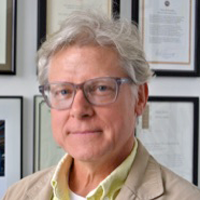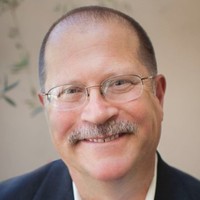Celebrating Downtown Taft
Community Planning Assistance Team Report

The City of Taft in the Central Valley of California requested assistance from the CPAT program to assess its downtown and provide recommendations for a downtown revitalization strategy.
Recommendations are divided into three sections:
- Opportunities for Success
- Framework for Investment
- Action Plan
Section One looks at the market context of Taft, changing demographics and projections, and associated implications. Growth is occurring in the region and the report offers ways Taft can capture its proportional share. Strategies, all of which will require a proactive approach, include increasing the diversity of housing, taking steps to recruit and retain businesses, investing in placemaking that helps businesses thrive, and bolstering human capital to increase capacity for downtown programming and events.
Section Two describes a framework that builds on strengths and capitalizes on existing opportunities to achieve the vision for downtown. Managing downtown through the Downtown Merchants Association with the city as an active partner is a critical step. Also included are identified opportunities and representative ideas to transform spaces, many of which could be accomplished at little cost.
Section Three provides an action plan that sequences efforts and responsibilities.
Meet the Team

Team Leader
Bruce Race, PhD, FAICP, FAIA

Team Member
Susan Harden, FAICP, LEED AP, CNU-A

team member
Ed Starkie

team member
Matthew Taecker, AICP, AIA
Details
Table of Contents
The Purpose of the CPAT Program
Executive Summary
Introduction and Background
Brief History
Existing Plans for Downtown CPAT Process
Recommendations
Section 1: Opportunities for Success
1.1 Building on Taft’s Rich History
1.2 Market Context
1.3 Opportunities for Early Investment
Section 2: Framework for Investment
2.1 Programming
2.2 Authentic Taft
2.3 Community and Downtown Framework
2.4 Catalyst Projects
2.5 Railyard Sites
Implementation
Section 3: Action Plan
3.1 Phasing and Priorities
3.2 Administrative/Organizational
3.3 Regulatory
3.4 Development
3.5 Financial
3.6 Potential Funding Sources
Appendices
Appendix A: Meet the Team
Appendix B: Picture Gallery
Appendix C: Visual Examples of Programmatic Opportunities
Appendix D: Visual Examples of Placemaking Ideas


